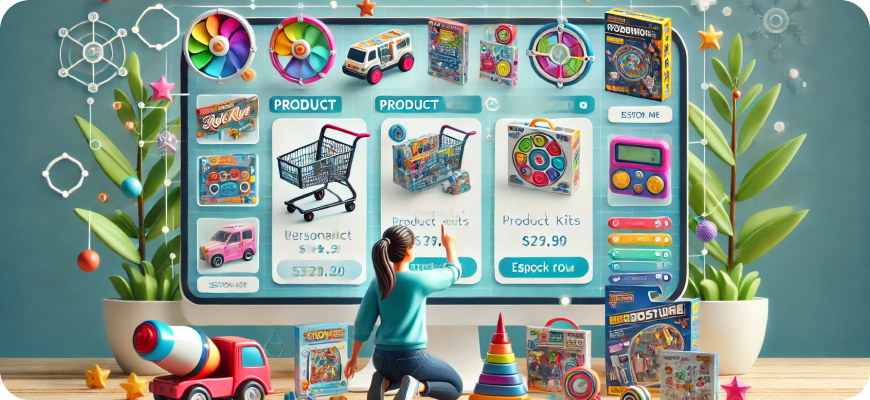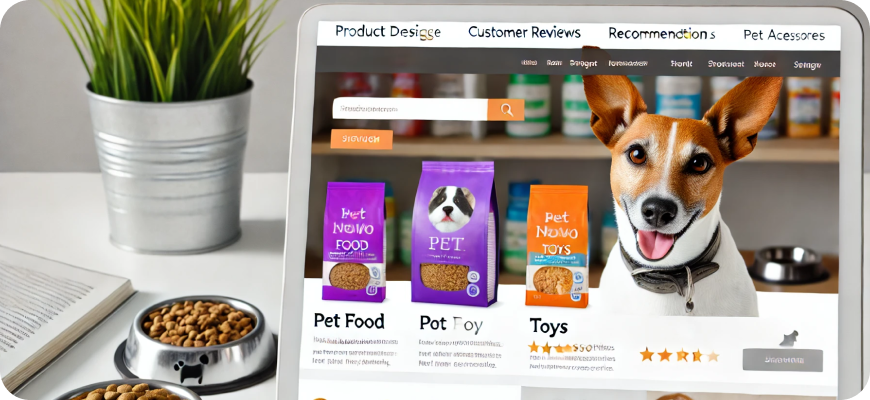How Important is Customer Feedback, How to Measure It, NPS, and More
In the competitive business landscape, customer feedback has become a critical element for companies striving to maintain and improve their products, services, and overall customer experience. Understanding what customers think and how they perceive your brand can make or break your success. This article will explore why customer feedback is essential, different ways to measure it, and how frameworks like the Net Promoter Score (NPS) can play a key role.

Why is Customer Feedback Important?
- Improves Products and Services One of the main reasons customer feedback is vital is its ability to help improve your products and services. When you collect input directly from those using your offerings, you gain valuable insights into what is working and what needs improvement. For example, customer reviews, surveys, and other forms of feedback can identify recurring issues that may have been missed during internal testing or development phases.
- Customer-Centric Approach A business that listens to its customers demonstrates that it values their opinions. This builds trust and loyalty, which is essential for retaining customers and fostering brand advocates. By incorporating customer feedback into your decision-making process, you align more closely with customer expectations and needs, ultimately boosting satisfaction and retention.
- Identifies Pain Points Feedback provides a window into your customers’ pain points. Whether it’s a cumbersome checkout process on your website or long wait times in your customer service department, understanding these issues can help you prioritize improvements. Without feedback, you might not even be aware of issues that lead to customer frustration or churn.
- Drives Innovation Customers often have fresh perspectives and creative suggestions for enhancing existing products or creating new ones. Feedback loops encourage businesses to think innovatively and adapt their offerings based on actual customer input. This can lead to the development of new features, add-ons, or even entirely new products that address evolving market needs.
- Measures Customer Satisfaction and Loyalty Gathering feedback allows you to measure customer satisfaction and loyalty. Metrics derived from surveys, reviews, and ratings can reveal how happy customers are with your brand and how likely they are to continue doing business with you. This is crucial information, as loyal customers are often more profitable, less expensive to retain, and more likely to refer new customers.
How to Measure Customer Feedback
Measuring customer feedback is about more than just collecting data; it’s about obtaining actionable insights that drive improvement. Here are some methods to consider:
- Surveys Surveys are one of the most common ways to measure customer feedback. They can range from short, focused questionnaires to in-depth surveys covering multiple aspects of the customer experience. Popular survey formats include:
- CSAT (Customer Satisfaction) Surveys: Typically ask customers to rate their satisfaction with a product or service on a scale, such as 1-5 or 1-10.
- Product Feedback Surveys: Focused on obtaining feedback about a specific product or feature.
- Post-Interaction Surveys: Conducted after a customer service interaction to gauge the quality of support provided.
Surveys should be concise, easy to understand, and designed with clear goals in mind. The data collected can help businesses understand customer needs and areas of potential improvement.
- Online Reviews and Ratings Monitoring online reviews and ratings is a powerful way to gauge customer sentiment. Platforms such as Google, Yelp, and Trustpilot, as well as social media channels, often serve as unfiltered spaces where customers share their genuine experiences. Businesses should regularly monitor these channels to understand customer perception and respond appropriately.
- Customer Support Interactions Every interaction with a customer is an opportunity to gather feedback. Listening to customer calls, monitoring live chat transcripts, and analyzing email interactions can reveal common customer issues and areas for improvement.
- Focus Groups Focus groups involve gathering a select group of customers to provide feedback on specific topics. This qualitative research method allows for deeper insights than many surveys, as it encourages open-ended discussion and exploration of customer perceptions and emotions.
- Social Media Listening Social media channels are often where customers express their opinions, both positive and negative, about brands. By using social media listening tools, you can track brand mentions, hashtags, and other relevant conversations. This can help you identify trends, understand sentiment, and respond quickly to customer concerns.
- Website Analytics and Behavior Tracking Observing how customers interact with your website or digital products can reveal friction points, user experience issues, and more. Analytics tools can track metrics like bounce rates, session durations, click patterns, and conversion rates to give you a clearer picture of user behavior.
Understanding Net Promoter Score (NPS)
The Net Promoter Score (NPS) is a widely used metric that measures customer loyalty and satisfaction. Developed by Fred Reichheld, Bain & Company, and Satmetrix in the early 2000s, NPS has since become a go-to metric for many organizations worldwide. Here’s why it matters and how it works.
- What is NPS?
NPS is based on a simple question: “How likely are you to recommend our product/service to a friend or colleague?” Respondents answer on a scale from 0 (not at all likely) to 10 (extremely likely). Based on their responses, customers are grouped into three categories:
- Promoters (9-10): Loyal customers who are likely to recommend your brand and act as brand ambassadors.
- Passives (7-8): Satisfied but unenthusiastic customers who may be susceptible to competitive offers.
- Detractors (0-6): Unhappy customers who are unlikely to recommend your brand and may spread negative word-of-mouth.
2. How to Calculate NPS
To calculate the Net Promoter Score, subtract the percentage of detractors from the percentage of promoters:
NPS=% of Promoters−% of Detractors\text{NPS} = \% \text{ of Promoters} – \% \text{ of Detractors}NPS=% of Promoters−% of Detractors
The score can range from -100 (if every respondent is a detractor) to +100 (if every respondent is a promoter). Generally, a positive score is considered good, while a score of 50 or above is excellent.
3. Why NPS Matters
- Predicts Growth: NPS correlates with business growth because it reflects customer loyalty and the likelihood of organic word-of-mouth referrals.
- Benchmarking Tool: It enables businesses to benchmark themselves against industry competitors.
- Actionable Insights: While the score itself provides a snapshot, the follow-up question asking “Why?” offers context and deeper understanding of customer sentiment.
4. How to Improve NPS
- Act on Feedback: Use open-ended responses to understand the reasons behind your score. Address customer concerns to turn detractors into passives and promoters.
- Follow Up: Engage with customers, particularly detractors, to show you value their input and are committed to improving their experience.
- Employee Training: Your employees are often the face of your brand. Ensuring they are well-trained, knowledgeable, and customer-centric can significantly impact customer loyalty.
Other Methods and Metrics to Consider
While NPS is a powerful tool, it’s not the only way to measure customer feedback. Here are a few other important metrics and methods:
- Customer Effort Score (CES) CES measures how easy it was for a customer to complete a specific task, such as resolving an issue with customer support or making a purchase. It focuses on the idea that reducing customer effort is a critical driver of loyalty.
- Customer Satisfaction Score (CSAT) CSAT surveys ask customers how satisfied they are with your company, product, or service, usually using a scale like 1-5 or 1-10. It’s a straightforward way to measure short-term satisfaction.
- Churn Rate Measuring churn (i.e., the rate at which customers stop doing business with you) can reveal customer dissatisfaction or disinterest. Reducing churn is a common goal for customer retention strategies.
- Customer Lifetime Value (CLV) CLV calculates the total revenue a business can expect from a customer over their lifetime. When combined with customer feedback, it helps prioritize which customer segments or issues to focus on to maximize long-term value.
- Feedback Forms on Websites/Apps Adding feedback forms directly to websites or apps enables users to leave comments at key moments, such as completing a purchase or using a feature. This data can provide context-specific insights.

Conclusion
Customer feedback is the cornerstone of a customer-centric business strategy. It offers invaluable insights that drive improvement, boost customer satisfaction, and foster loyalty. By actively listening to customer input and using metrics like Net Promoter Score (NPS), Customer Satisfaction (CSAT), and Customer Effort Score (CES), businesses can measure customer sentiment effectively and take actionable steps to enhance their offerings. Measuring customer feedback through surveys, online reviews, social media listening, and other channels allows businesses to identify pain points, drive innovation, and create a loyal customer base. Ultimately, acting on customer feedback helps companies remain agile, competitive, and well-aligned with their customers’ evolving needs, ensuring long-term success and growth.






